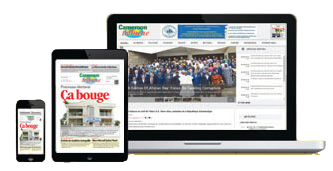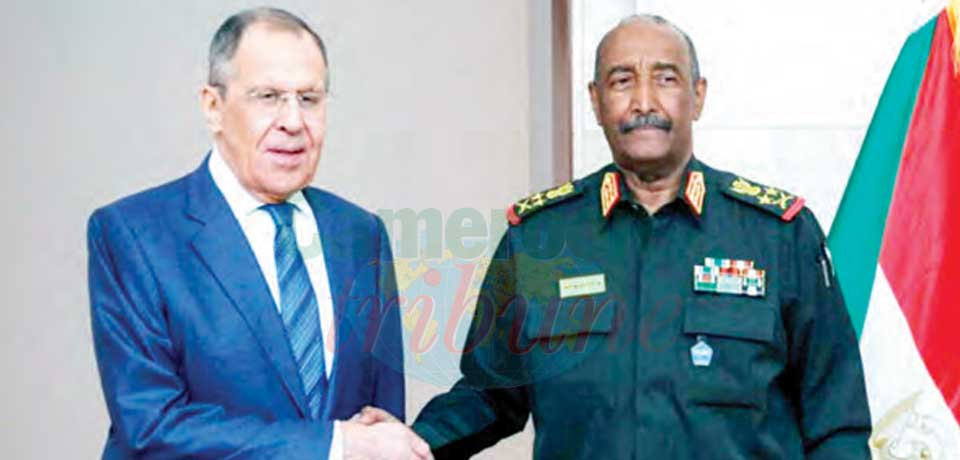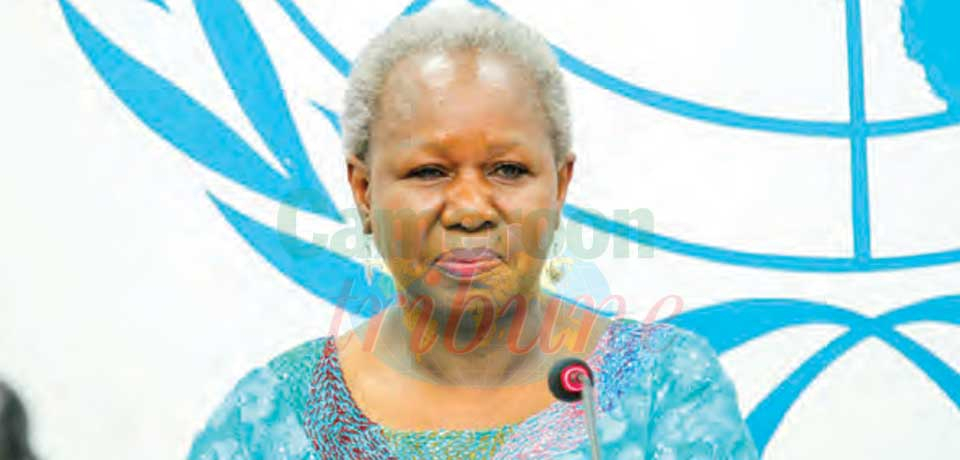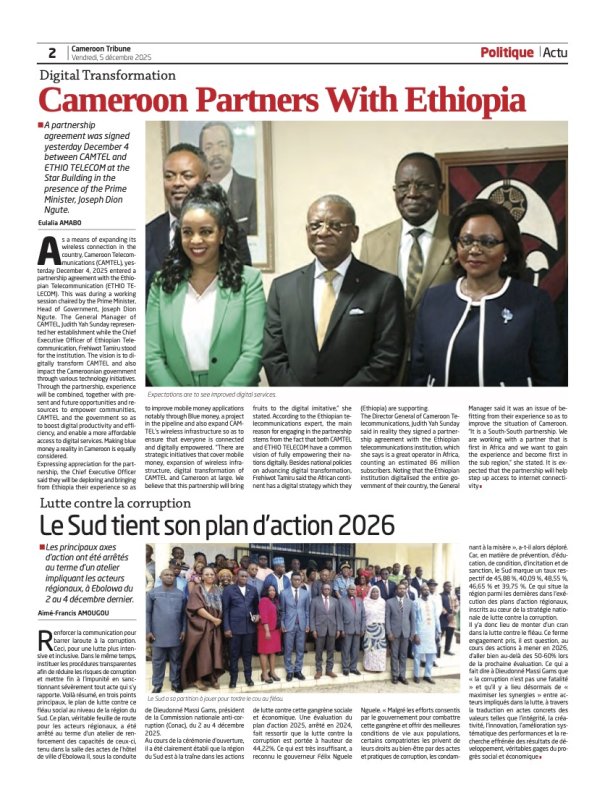Align Governance To New Configuration
- Par Eldickson Agbortogo
- 05 Oct 2022 09:35
- 0 Likes
The United Nations is the world most trusted international institutions. With over a hundred and fifty members, the 77-year-old organisation has been working round the clock to see that the institution attains set goals. For these to be a reality, several members have since its creation in 1945 been yearning for reforms to enable the organisation overcome its challenges. One of its greatest challenges is the organization’s inability to act decisively on critical global issues due to intransigence among the permanent members of the Security Council. Reforming the institution to be more inclusive, representative, transparent, and effective, and to demonstrate greater cooperation and consensus-building, is of absolute necessity.
It is no more a secret that the composition of the Security Council, no longer reflects global geopolitical realities. Indeed, the Western Europe and Other Group (WEOG) now accounts for three of the five permanent members (France, the United Kingdom, and the US). That leaves only one permanent position for the Eastern European Group (Russia), one for the Asia-Pacific Group (China), and none for Africa or Latin America. Rotating seats on the Security Council does not adequately respect regional balance. Even with two of the ten rotating Security Council seats, the Asia-Pacific region is still massively under-represented. The Asia-Pacific region accounts for roughly 55% of the world’s population and 44% of its annual income but has just 20% (three out of 15) of the seats on the Security Council.
Asia’s inadequate representation poses a serious threat to the UN’s legitimacy, which will only increase as the world’s most dynamic and populous region assumes an increasingly important global role. One possible way to resolve the problem would be to add at least fo...
Cet article complet est réservé aux abonnés
Déjà abonné ? Identifiez-vous >
Accédez en illimité à Cameroon Tribune Digital à partir de 26250 FCFA
Je M'abonne1 minute suffit pour vous abonner à Cameroon Tribune Digital !
- Votre numéro spécial cameroon-tribune en version numérique
- Des encarts
- Des appels d'offres exclusives
- D'avant-première (accès 24h avant la publication)
- Des éditions consultables sur tous supports (smartphone, tablettes, PC)














Commentaires